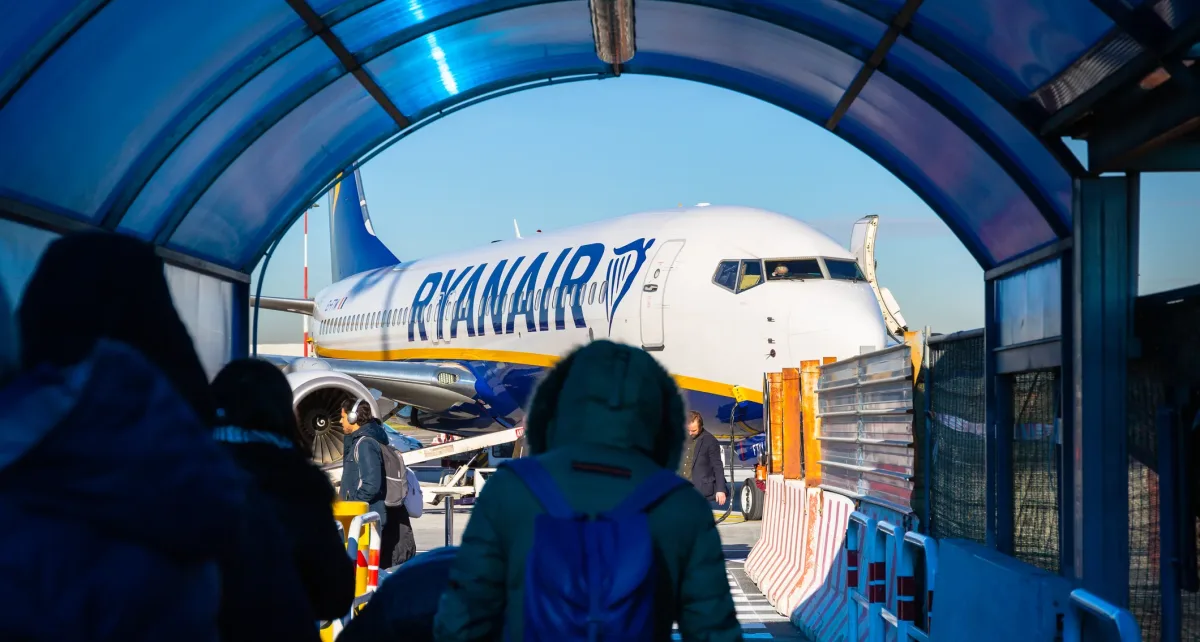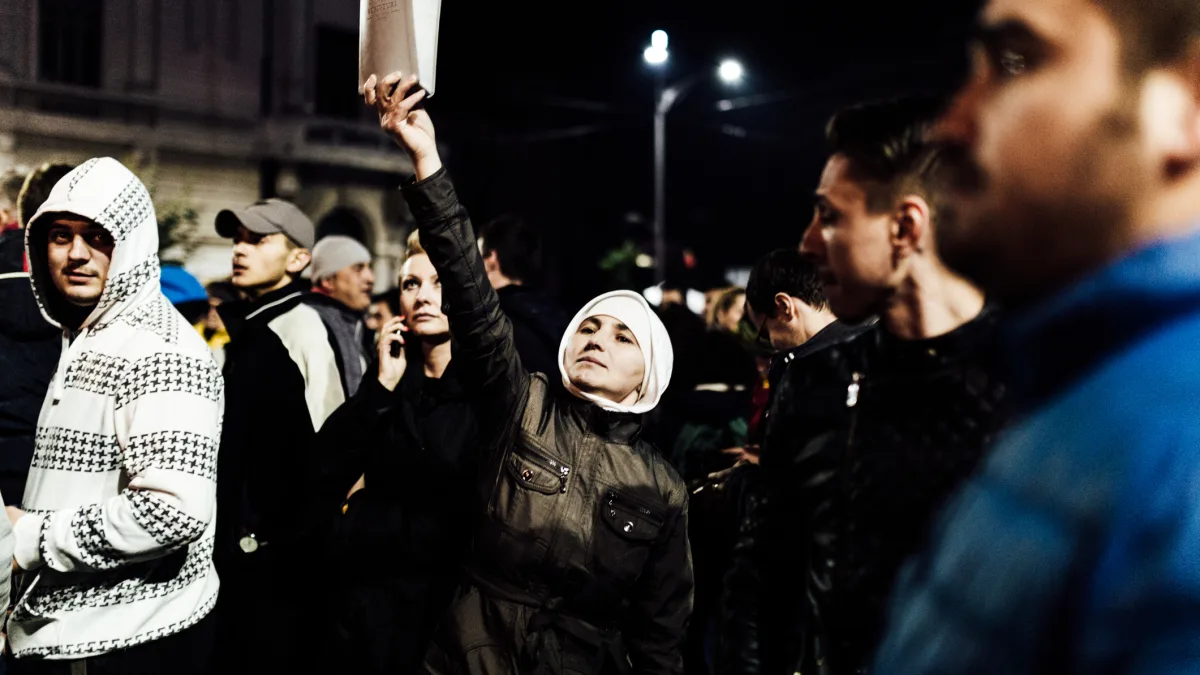In the 1990s, a return plane ticket from London to Bucharest invariably cost upwards of 300 UK pounds. Trust me—as someone who made the trip regularly, I know.
The trip often meant enduring a Saturday-night stay requirement (designed to fleece business travellers), needed to be booked weeks in advance, and frequently connected through Frankfurt or Vienna.
Depending on the time of year, that same journey can today cost as little as 60 UK pounds on Ryanair or Wizz Air, even if booked on a whim. The transformation is so complete that complaining about cramped seats and no free refreshments has become a European pastime—rather like moaning about the weather whilst enjoying an unseasonably warm day.
This grumbling obscures a remarkable achievement. Low-cost carriers have done something that centuries of political revolution failed to accomplish: they have genuinely democratised a luxury. The comte flying to his château and the cleaner flying to see her grandchildren now share the same cramped cabin. It may not be comfortable, but it is undeniably egalitarian.
Texan genesis
The revolution began with a peculiarity of American federalism. In 1971, Southwest Airlines started flying within Texas to dodge federal regulation. CEO Herb Kelleher’s insight was brutally simple: strip away everything that did not involve moving people from one place to another. No meals, no assigned seats, no connections. Just transport.
The formula worked so well that by the 1980s, European entrepreneurs were making pilgrimages to Dallas. Michael O’Leary’s 1988 visit to Southwest was part fact-finding mission, part religious conversion. He returned to Ireland with a vision: apply the Southwest model to Europe’s sclerotic aviation market. Ryanair, then a struggling conventional carrier, reinvented itself as a Southwest clone. The timing was perfect. European Union deregulation was about create the regulatory conditions for revolution.
What followed resembled less a business transformation than a political uprising. Traditional carriers, weighed down by flag-carrying pretensions and union agreements, watched helplessly as upstarts grabbed their customers. By 2024, Europe’s top 12 budget airlines carried 555 million passengers—more than before the Covid-19 pandemic. Their full-service rivals managed only 94 per cent of pre-pandemic levels.
The numbers tell a story of industrial revolution. Low-cost carriers now operate one in three European flights, up from virtually zero three decades ago. Ryanair alone carries more passengers than any other European airline. EasyJet has made orange jumpsuits as recognisable as pinstripe suits. Wizz Air is the largest carrier in several countries across Central Europe.
The Saturday-night massacre
Traditional airlines had spent decades perfecting the art of price discrimination. Business travellers, flying on company accounts and needing flexibility, paid premium fares. Leisure passengers, booking early and willing to stay over Saturday night, paid less. The Saturday-night rule was particularly ingenious—a restriction designed purely to separate business from leisure demand.
Budget airlines demolished these artificial distinctions. Why should flying on Tuesday cost more than flying on Saturday? The question, once asked, admitted no sensible answer. Most legacy carriers have since abandoned the Saturday-night requirement, though they took decades to do so.
The broader transformation was even more dramatic. Inflation-adjusted airfares have fallen by more than half since deregulation. Flying, once a luxury comparable to owning a car, has become as routine as taking the bus.
Efficiency evangelism
Budget airlines succeeded by treating passengers as cargo—valuable cargo, to be sure, but cargo nonetheless. Why maintain city-centre ticket offices when people could book online? Why serve food on short flights when passengers could eat before or after? Why operate multiple aircraft types when one would do?
The answers seem obvious now. They were revolutionary then. Traditional carriers, imprisoned by legacy costs and regulatory thinking, could not adapt quickly enough. Their business-class lounges and frequent-flyer programmes looked increasingly absurd when measured against the simple proposition: get me there cheaply.
The cost advantages were substantial. European budget airlines operate with unit costs 30-40 per cent lower than traditional carriers. The savings came from everywhere: higher aircraft utilisation, faster turnarounds, denser seating, secondary airports. Each innovation was small. Together, they reinvented an industry.
Even the much-maligned ancillary fees represent unbundling rather than extortion. A passenger travelling with hand luggage pays only for transport. One checking bags pays extra. The system is transparent in a way that traditional airline pricing never was. A ‘full-service’ carrier charging 300 UK pounds for a flight whilst claiming to include ‘free’ food was practicing a more sophisticated deception than Ryanair charging 30 UK pounds plus 25 UK pounds for baggage.
Unintended turbulence
Success, of course, has bred problems that few anticipated. Cheap flights made mass tourism mass indeed. Venice now charges entry fees to day-trippers. Barcelona residents arm themselves with water pistols to repel tourists. The Louvre resembles a rugby scrum.
‘Extreme day trips‘ have become a social-media phenomenon: fly to Prague for breakfast, return home for dinner. The environmental cost is staggering, the cultural benefit negligible. Instagram, meet climate change.
Budget aviation may also have undermined more sustainable transport. When flying costs less than taking the train, governments feel little pressure to improve rail connections. Europe invested 1.3 trillion euros in roads between 2000 and 2019, but only 843 billion euros in railways. The misallocation becomes more costly as Europe pursues climate targets that cheap flights make harder to achieve.
The ingratitude of passengers
The most curious aspect of the budget airline revolution is how little gratitude it has generated. Passengers who benefit from 30 UK pounds flights complain bitterly about cramped seats and carry-on luggage restrictions. Yet they book repeatedly whilst denouncing the experience. Social media overflows with budget airline horror stories, yet all usually involving people who paid less for their flight than they would for a good dinner.
This ingratitude reflects how quickly humans adapt to progress. A passenger frustrated by a delayed budget flight forgets that someone of their economic circumstances could not have afforded to fly at all a generation earlier. Expectations rise faster than living standards. What seems like a miracle to one generation becomes an entitlement to the next.
The complaints also reflect the airlines’ success in democratising air travel. When flying was expensive and exclusive, passengers accepted limitations as part of the experience. Budget airlines attracted millions who had never flown before, bringing different expectations. The service standards that satisfied business travellers did not impress cleaners and students.
Future flight paths
The budget revolution faces headwinds. Climate concerns are prompting flight restrictions and carbon taxes that could undermine cost advantages. France has already banned domestic flights where train alternatives exist. Other countries are considering similar measures.
Labour markets are tightening, potentially eroding the wage advantages that made ultra-low fares possible. Airport congestion at popular destinations forces airlines towards less convenient locations. The post-pandemic recovery showed that whilst budget carriers remain resilient, they are not invulnerable.
Nevertheless, the fundamental insight that drove the revolution—that air transport is a commodity that benefits from simplification—remains sound. The European budget market continues growing at 4.5 per cent annually. Even accounting for environmental constraints, demand for cheap flights shows few signs of weakening.
Perhaps the ultimate measure of the budget airlines’ success is that their achievement now seems unremarkable. Young Europeans routinely fly between cities for work or weekends without considering how extraordinary this freedom would have seemed to their grandparents. Making the impossible seem inevitable is the highest form of business success.
Whether this transformation represents progress or environmental vandalism remains debatable. Its scope is not. In thirty years, budget airlines have democratised humanity’s oldest dream—the freedom to fly. Planes may be more cramped than they once were, but they carry far more people than anyone ever thought possible. That is not comfortable, but it is remarkable.
Photo: Dreamstime.







